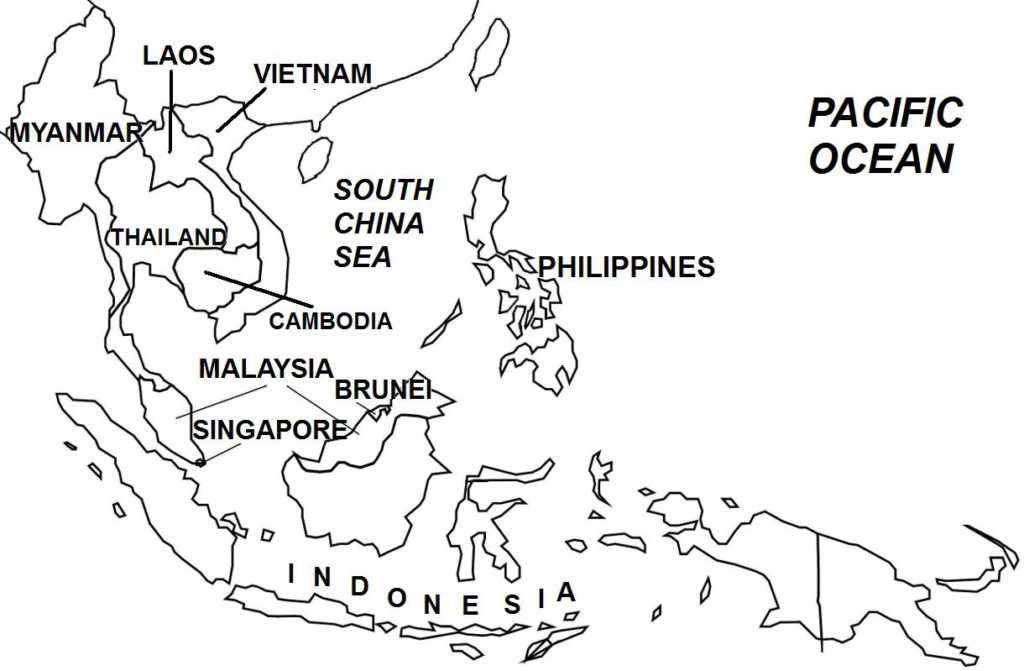On May 18, 1955, the U.S. Navy completed Operation Passage to Freedom, evacuating some 300,000 Vietnamese civilians, soldiers, and non-Vietnamese personnel of the French Army from communist North Vietnam to South Vietnam. This action was part of the larger operation led by the French Air Force and hundreds of ships of the French Navy and U.S. Navy as well as other Western countries that moved some one million Vietnamese northerners, predominantly Catholics but also including members of the upper classes consisting of landowners, businessmen, academics, and anti-communist politicians, and the middle and lower classes, moved to the southern zone. This number included more than 200,000 French citizens and soldiers in the French army. The campaign to evacuate particularly targeted Vietnamese Catholics – some 60% of the north’s 1 million Catholics did so, and accounted for 85% of the evacuees to the south.
This mass movement was a result of a stipulation in the Geneva Accords (May 8, 1954) where representatives from the major powers: United States, Soviet Union, Britain, China, and France, and the Indochina states: Cambodia, Laos, and the two rival Vietnamese states, Democratic Republic of Vietnam (DRV) in the north, and State of Vietnam in the south, met at Geneva (the Geneva Conference) to negotiate a peace settlement for Indochina (as well as Korea). The Conference was held following the decisive French defeat at Dien Bien Phu (March-May 1954) in the First Indochina War (December 1946 – July 1954).

On the Indochina issue, on July 21, 1954, a ceasefire and a “final declaration” were agreed to by the parties. The ceasefire was agreed to by France and the DRV, which divided Vietnam into two zones at the 17th parallel, with the northern zone to be governed by the DRV and the southern zone to be governed by the State of Vietnam. The 17th parallel was intended to serve merely as a provisional military demarcation line, and not as a political or territorial boundary. The partition was intended to be temporary, pending elections in 1956 to reunify the country under a national government.
The French and their allies in the northern zone departed and moved to the southern zone, while the Viet Minh in the southern zone departed and moved to the northern zone (although some southern Viet Minh remained in the south on instructions from the DRV). The 17th parallel was also a demilitarized zone (DMZ) of 6 miles, 3 miles on each side of the line.
The ceasefire agreement provided for a period of 300 days where Vietnamese civilians were free to move across the 17th parallel on either side of the line.
The U.S. Central Intelligence Agency (CIA) and State of Vietnam in a massive propaganda campaign to encourage the northerners to move south, including spreading rumors that Red China would invade the north, that the northern government would confiscate people’s possessions, and distributing pamphlets with slogans such as “Christ has gone south” and “the Virgin Mary has departed from the North”, alleging anti-Catholic persecution under Ho Chi Minh.
While one million moved from north to south, some 100,000 southerners, mostly Viet Minh cadres and their families and supporters, moved to the northern zone.
